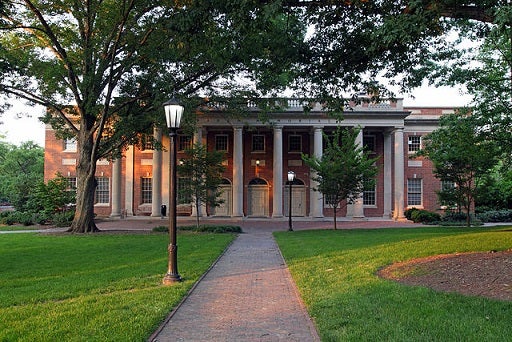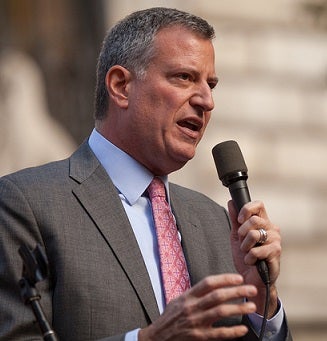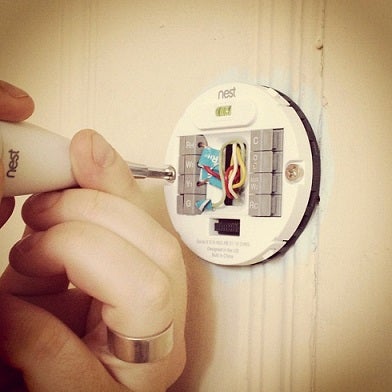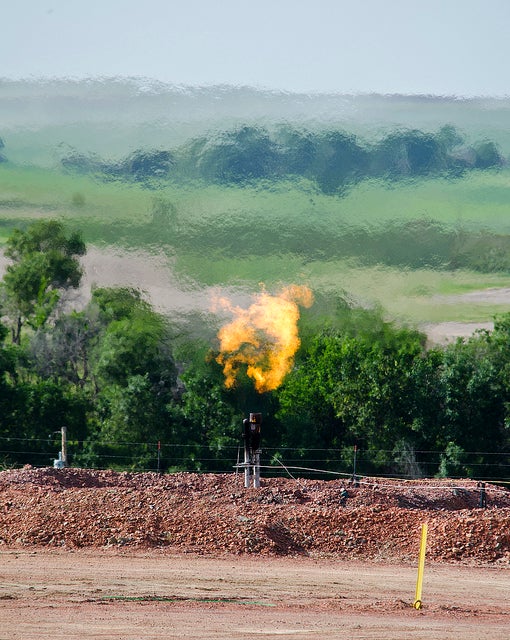Take thousands of people, put them on a college campus – and watch the energy and water usage spike. That’s what happens in the fall at universities across the country when students flood back to classrooms and dorms.
The nation’s oldest public university system is keeping a keen eye on utility meters. The University of North Carolina (UNC) is on its way to reducing energy and water use by 30 percent by 2015.
Also noteworthy is UNC’s goal for 2050, when the university’s 17 campuses aim to be carbon neutral.
Slowing down UNC’s progress are North Carolina statutory restrictions that make it difficult for campuses to finance and use their own renewable energy. Read More





